The shuttle racking system is a warehouse rack with a storage racking system and a shuttle bus combined to realize the full utilization of the warehouse three-dimensional space.Since the arrangement o...
The storage of goods requires the cooperation of forklifts, and the same channels are used for forklifts to enter and exit, and the storage density is very good. Because the forklift is walking in the entire racking system, we usually call it drive-through pallet rack system. Contact us to know drive in pallet racking prices.
A drive-in storage rack, also known as a drive-in rack or drive-through rack, is a type of high-density storage system used in warehouses and distribution centers to maximize storage space, especially for items with a relatively low turnover rate. It is designed to store palletized goods in a way that minimizes the need for aisles between the racks, effectively using available space more efficiently.
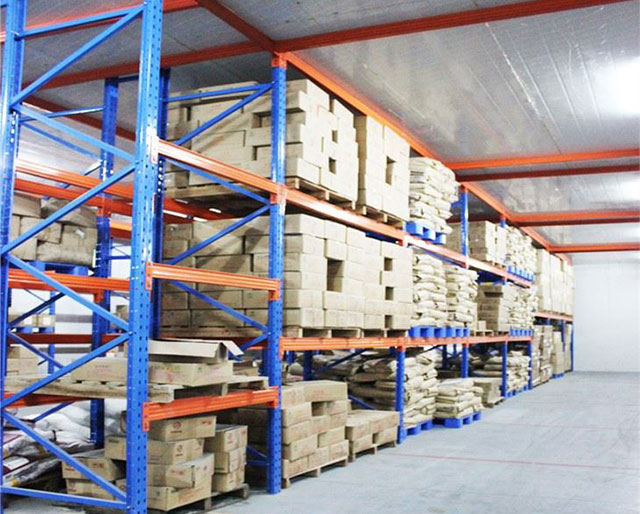
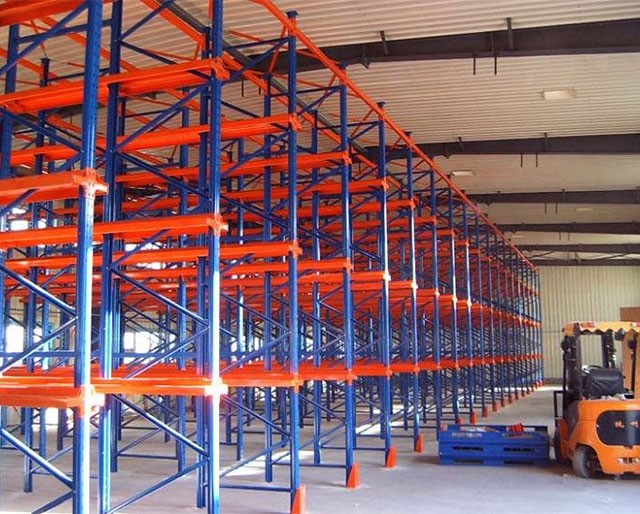
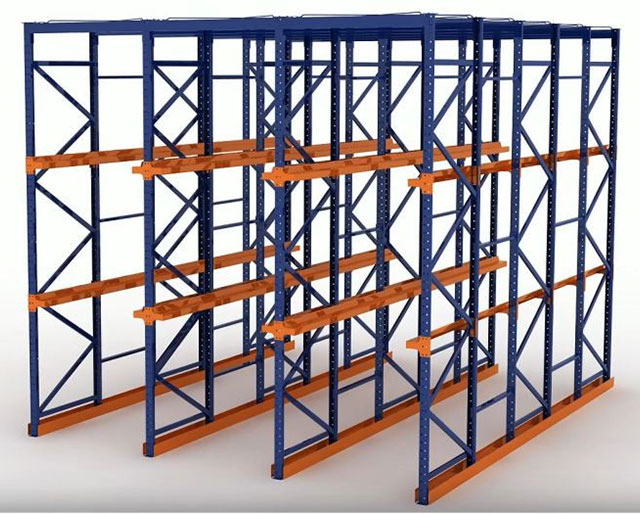
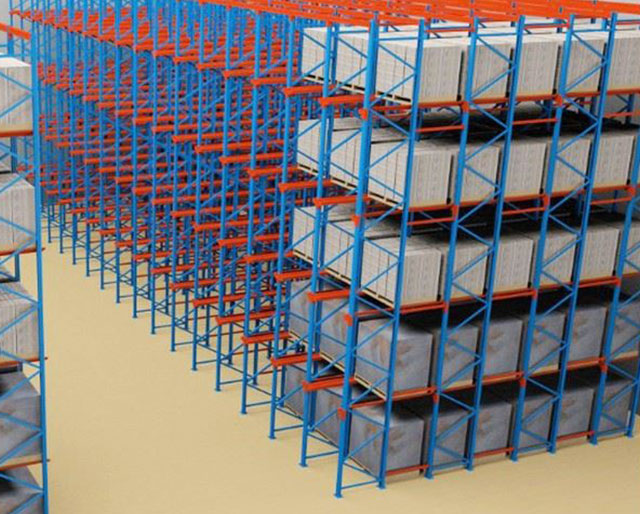
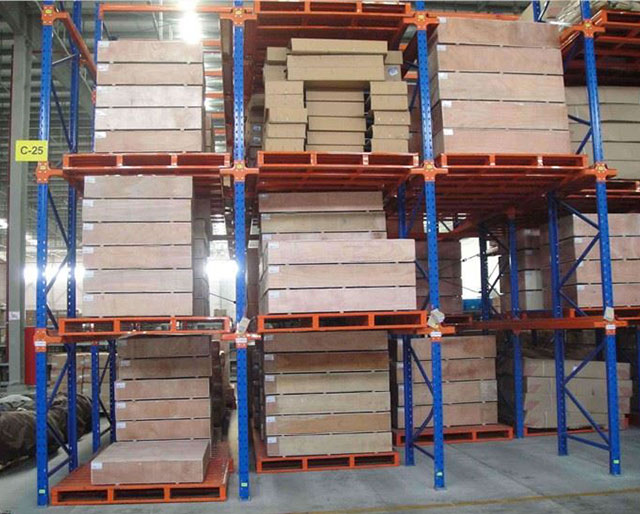
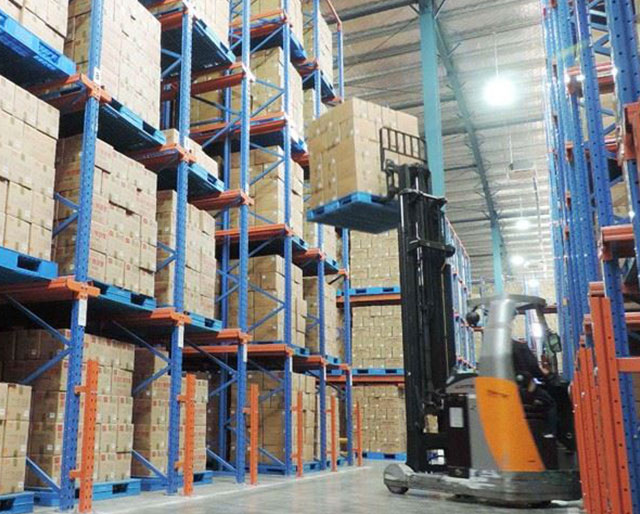
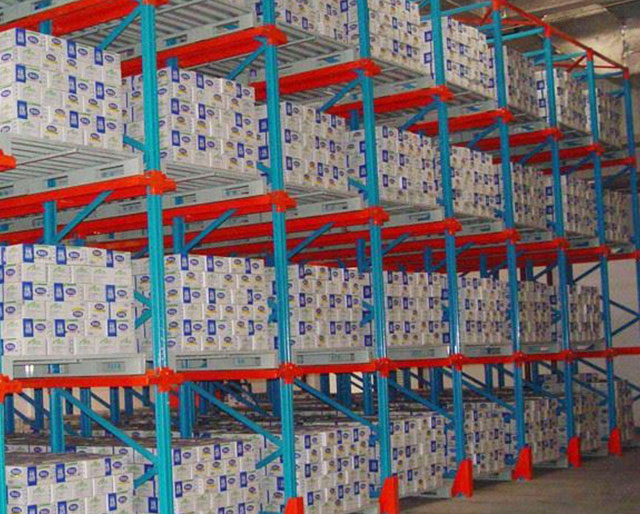
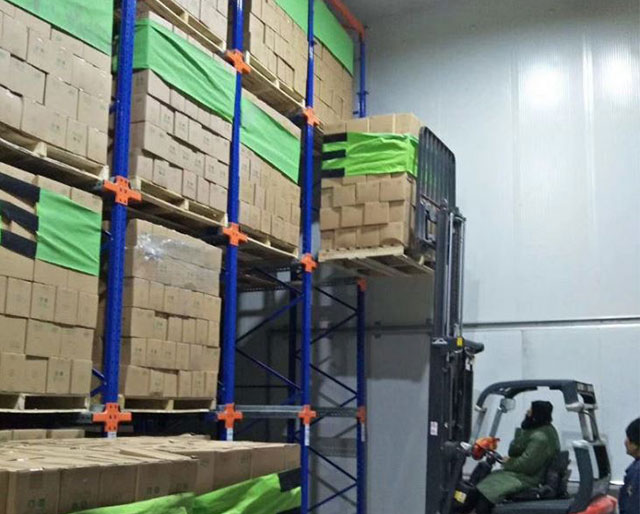
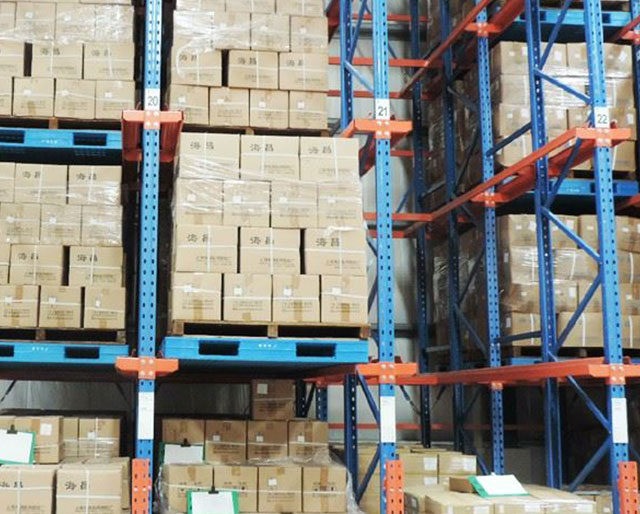
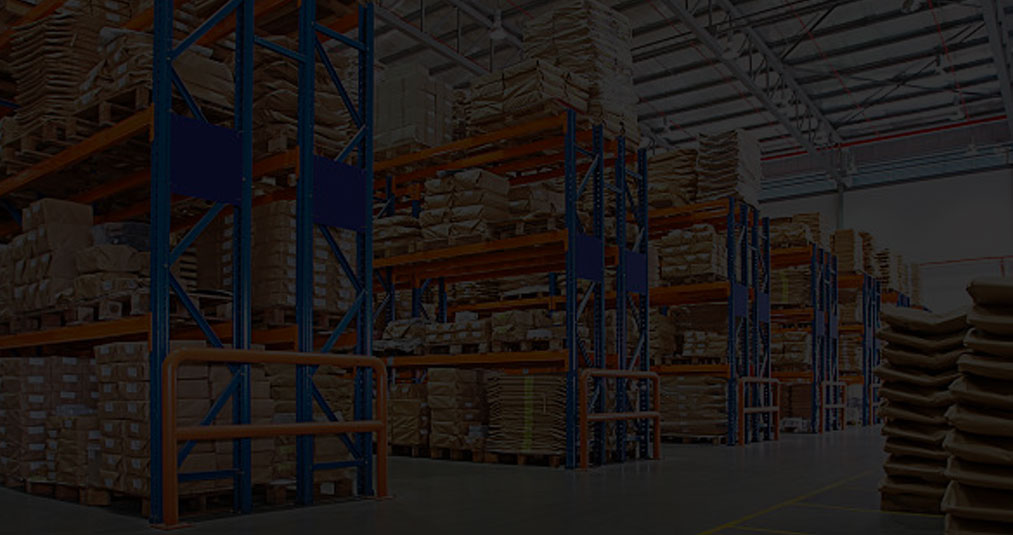
Deep lane storage reduces space usage, cuts costs and holds more loads
Multiple access aisles eliminated
Extra control over inputs and outputs
More storage density instead of the direct access of Pallet Racks
Specifically designed for your pallets and forklifts
Yes, we have experienced technical staff who specialise in designing practical and efficient storage layouts to make the most out of your space. They can also advise you on the operational requirements for your aisle widths, how any new design will affect your fire plan and how to best incorporate new storage into your existing warehouse or production process.
1. The size of your warehouse.
2. What is the weight of your goods for each layer?
3. What is the size of your forklift.
1. According to the weight of each layer, select the suitable size storage racks for you.
2. Design a Professional CAD Drawing for your warehouse.
3. Professional engineers help you to build your storage racks.
Single Entry and Double Entry: Drive-in racks can have a single entry point, where forklifts enter the rack system from one side, or a double entry point, where forklifts can enter from both sides for improved access.
Last-In, First-Out (LIFO): In a typical drive-in rack system, the most recently stored pallet is the first to be retrieved. This LIFO system is suitable for products with a long shelf life where stock rotation is not a primary concern.
Pallets Stored in Bays: Pallets are stored in bays within the rack system, one behind the other, with little or no aisles between them. This maximizes storage density but can make access less flexible.
Limited Selectivity: One drawback of drive-in racks is that they offer limited selectivity. To access a specific pallet, forklifts must move the pallets in front of it. This means that items stored deeper in the rack are less accessible and may require more time for retrieval.
Suitable for Like Items: Drive-in racks are ideal for storing large quantities of the same or similar products, where there is no need to access individual pallets frequently.
High-Density Storage: Drive-in racks are well-suited for high-density storage needs, as they maximize the use of both vertical and horizontal space within a warehouse.
Heavy-Duty Construction: Given the nature of this storage system, drive-in racks are typically designed to withstand heavy loads and the potential for forklift traffic.
Drive-in storage racks are commonly used in industries such as cold storage, where large quantities of perishable goods are stored, as well as in manufacturing and wholesale distribution. It's essential to carefully plan the layout and product placement within drive-in racks to optimize space usage and ensure efficient warehouse operations.
Drive-in storage racks find applications in various industries and warehouse environments where high-density storage of palletized goods with limited selectivity is acceptable or even advantageous. Here are some common applications of drive-in storage racks:
Cold Storage: Drive-in racks are widely used in cold storage warehouses, such as those for frozen foods or pharmaceuticals. These racks help maximize space utilization in temperature-controlled environments.
Manufacturing: Drive-in racks are used in manufacturing facilities to store raw materials, work-in-progress inventory, and finished products. In manufacturing, it's common to produce and store large quantities of the same item for efficiency.
Wholesale Distribution: Wholesale distributors often stock large quantities of the same product, making drive-in racks suitable for their storage needs. It allows them to optimize their warehouse space and reduce handling costs.
Retail Backrooms: Retailers, especially those with limited storage space in the store itself, use drive-in racks in their backrooms to store excess inventory or slow-moving products.
Automotive Industry: Drive-in racks are used to store auto parts and components in manufacturing and distribution facilities. These racks provide high-density storage for items like tires, car bodies, and engine components.
Beverage and Brewery: Beverage and brewery companies often use drive-in racks to store large quantities of bottled or canned products. This method is particularly useful for products with a long shelf life.
Construction Materials: Drive-in racks are employed in the construction industry for storing materials like lumber, pipes, and steel, which can be of varying lengths and sizes.
Chemical Storage: In chemical manufacturing and distribution, drive-in racks provide efficient storage for products with limited shelf life, where products are stored based on production dates and handling requirements.
Third-Party Logistics (3PL): 3PL providers often use drive-in racks to accommodate the storage needs of multiple clients with varying products and storage requirements.
Textile Industry: Textile manufacturers and distributors use drive-in racks to store rolls of fabric and textiles efficiently.
It's important to note that drive-in storage racks are most suitable for applications where the inventory management strategy follows the Last-In, First-Out (LIFO) approach, meaning that the most recently added pallets are the first to be retrieved. These applications benefit from high-density storage and space optimization, where the reduction in selectivity is offset by increased storage capacity.

We will reply as soon as possible. Thank you for your support for our warehouse storage equipment.
The shuttle racking system is a warehouse rack with a storage racking system and a shuttle bus combined to realize the full utilization of the warehouse three-dimensional space.Since the arrangement o...